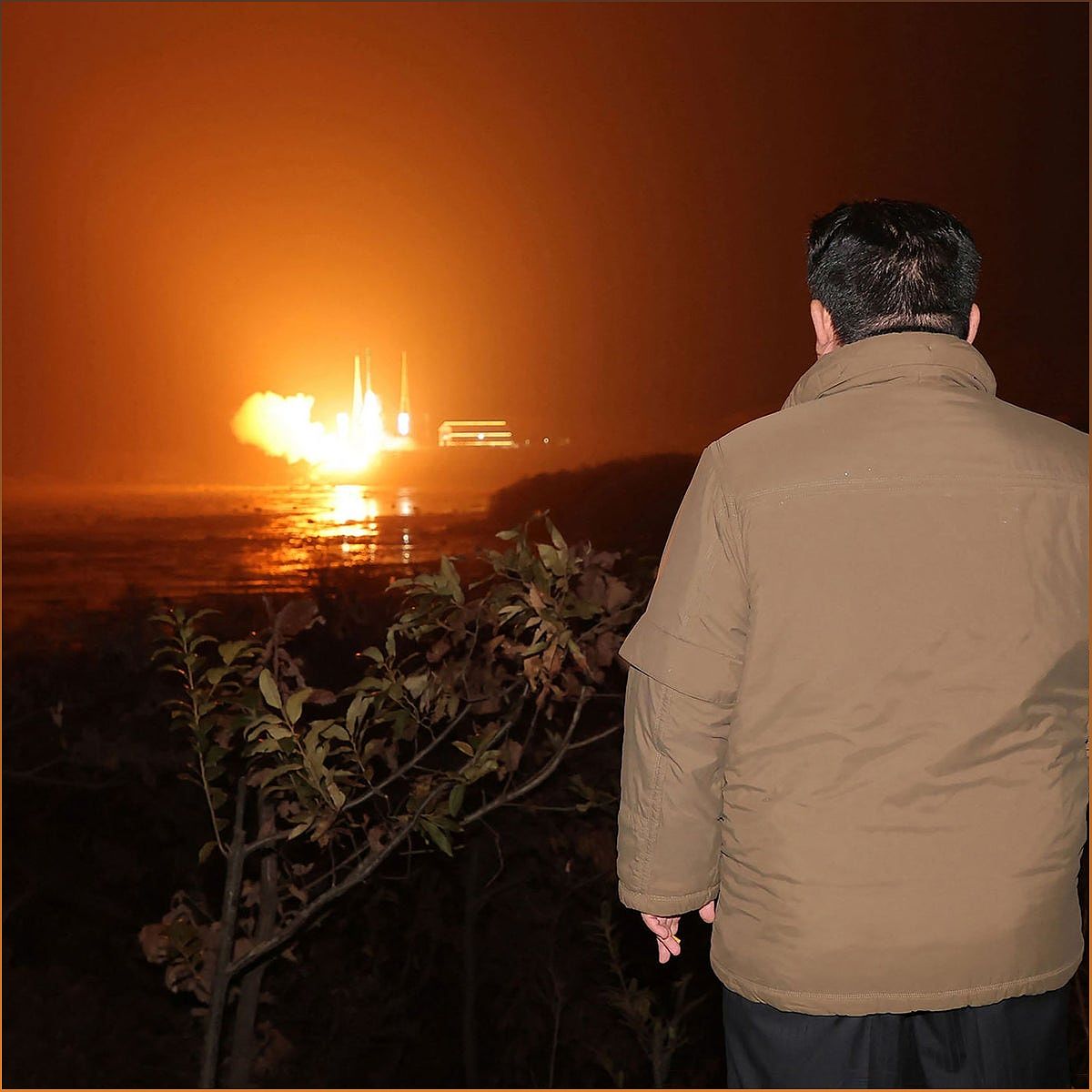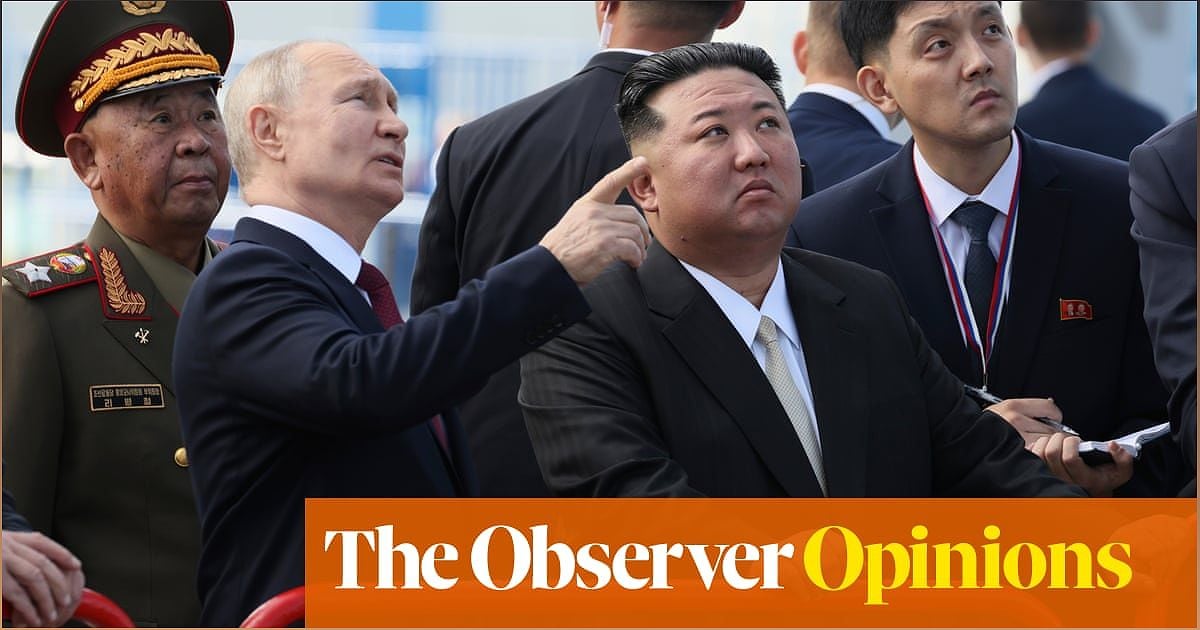North Korea’s Spy Satellite Reveals US Military Bases: A Closer Look
In a surprising turn of events, North Korea claims that its newly launched spy satellite has captured images of US military bases in Hawaii and Seoul. This revelation has raised questions about the capabilities of North Korea’s satellite and the potential implications for regional security. Join me as we delve into the details of this unprecedented development and explore the significance of these images.
Unveiling the Spy Satellite’s Findings
Explore the stunning images captured by North Korea’s spy satellite, revealing US military bases in Hawaii and Seoul.
North Korea’s claim of capturing images of US military bases in Hawaii and Seoul has sent shockwaves across the globe. The satellite’s findings provide a unique perspective on the presence of US forces in the region, raising concerns about national security and international relations.
Let’s take a closer look at the images obtained by the spy satellite and delve into the potential implications of this unprecedented development.

Unverified Capabilities: What Do We Know?
Examine the challenges faced by South Korean defense officials and analysts in independently verifying the capabilities of North Korea’s spy satellite.
While North Korea claims that its spy satellite has successfully captured images of US military bases, South Korean defense officials and analysts are yet to independently verify its capabilities. This raises questions about the accuracy and reliability of the satellite’s imaging technology.

Despite the skepticism, it is crucial to understand the potential implications of North Korea’s ability to gather such sensitive information. How can South Korea and its allies respond to this new development?
Target Regions: A Closer Look
Examine the specific US military bases and South Korean cities that were reportedly captured by North Korea’s spy satellite.
The spy satellite’s images reportedly include major US military bases such as the US Naval Station Pearl Harbor and Hickam Air Force Base in Hawaii. Additionally, several cities in South Korea, including the capital Seoul, Mokpo, Kunsan, Pyeongtaek, and Osan, were also captured.
These target regions house both US and South Korean military bases, making the satellite’s findings all the more significant. Let’s explore the potential impact on regional security and diplomatic relations.

Kim Jong-un’s Review: What Does It Mean?
Gain insights into Kim Jong-un’s review of the images captured by the spy satellite and its implications for North Korea’s military strategy.
North Korean leader Kim Jong-un personally reviewed the images captured by the spy satellite, showcasing his keen interest in the nation’s military capabilities. The specific locations and military installations observed by Kim provide valuable insights into North Korea’s strategic priorities and potential future actions.
What could be the motivations behind Kim’s review, and how might it shape North Korea’s military and diplomatic stance moving forward?
International Reactions and Concerns
Explore the international community’s response to North Korea’s claims and the concerns raised about regional stability.
The international community, including top diplomats from Japan, South Korea, and the US, has strongly condemned North Korea’s satellite launch for its destabilizing effect on the region. The potential threat posed by North Korea’s enhanced surveillance capabilities raises concerns about regional stability and the risk of a nuclear conflict.
How can the international community address these concerns and prevent further escalation of tensions on the Korean peninsula?
North Korea’s Warning: The Consequences of Arms Offer
Examine North Korea’s warning about the consequences of the US providing advanced weapons to its allies and the potential for a global nuclear war.
In a separate commentary, North Korea criticized the US for supplying advanced weapons to its allies, referring to them as ‘puppets.’ The nation warned of catastrophic consequences and the potential for a global nuclear war if tensions continue to escalate.
What are the implications of North Korea’s warning, and how can diplomatic efforts mitigate the risk of a devastating conflict?
